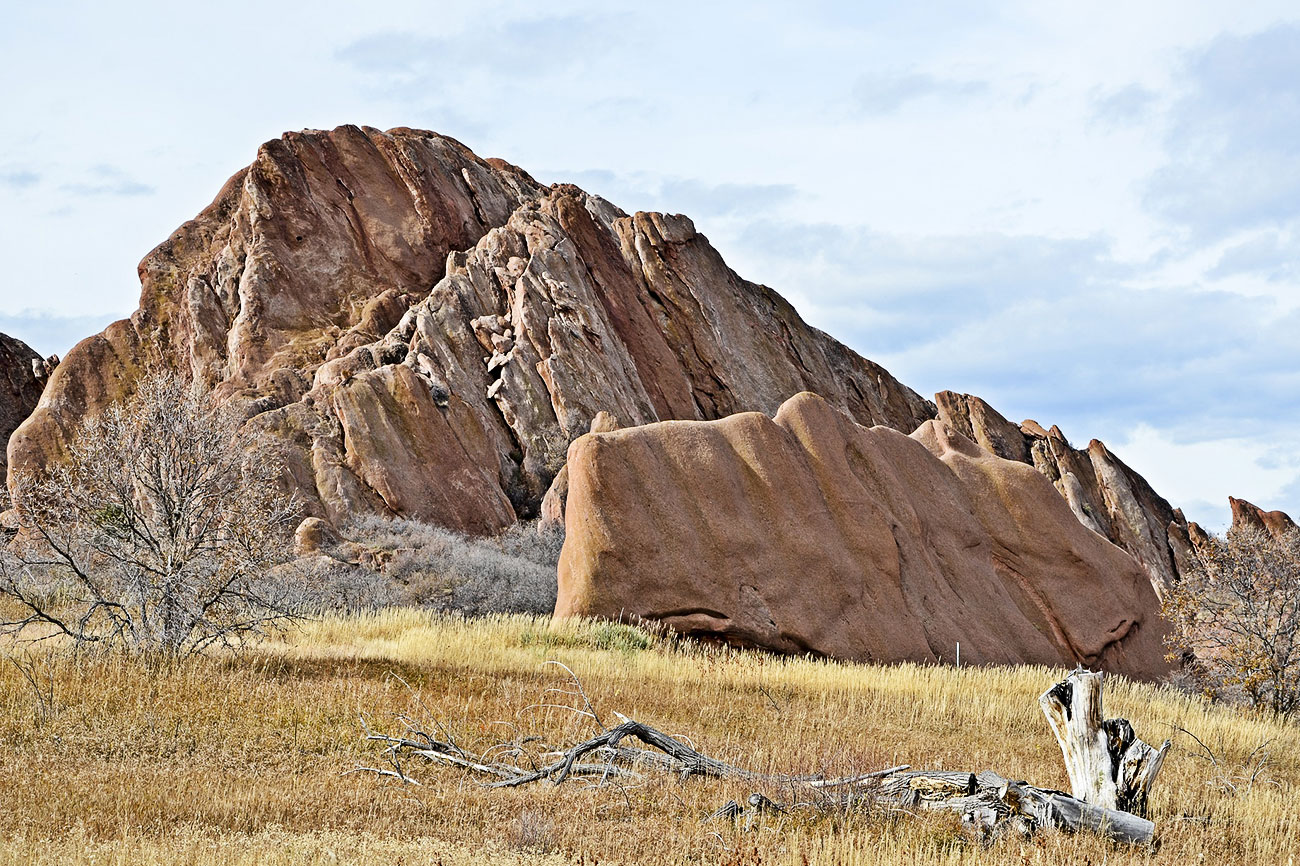Cross Mountain Ranch, one of the largest and most ecologically diverse recreational and operating ranches in the nation is on the market for the first time in nearly three decades. It spans four counties in northwest Colorado and has been listed for sale for $100 million.
With the recent sale of the 83,000-acre, fourteener-hosting Cielo Vista Ranch in the San Luis Valley, longtime landowners across Colorado are testing the market by listing their so-called legacy ranches for jaw-dropping prices.
A Vail Valley homesteading family’s 20,000-acre spread near Burns is for sale for $100 million. Cielo Vista listed for $105 million. Utah’s 13,000-acre Wasatch Peaks Ranch, which listed for $46 million, is close to selling. And now the latest entry: The 224,050-acre Cross Mountain Ranch in northwest Colorado is hitting the market at $100 million.
“I don’t know what it is with this sudden interest. I can sit on these things for four years or more without any activity,” said Ken Mirr, whose Mirr Ranch Group sold Cielo Vista, is selling Wasatch Peaks and just listed Cross Mountain. “It seems like it’s all about having something that is compelling. Having a story that resonates with people is important.”
Spanning four counties with 56,050 deeded acres and 168,000 leased acres adjoining Forest Service, Bureau of Land Management and National Park Service land, Cross Mountain Ranch is one of the largest ranches in the country. The rural family compound of the late Ronald Boeddeker, the Southern California real estate tycoon renowned for luxury developments like Lake Las Vegas and Waikoloa Beach Resort in Hawaii, Cross Mountain remains a working cattle and sheep ranch. With more than 20 miles of riverfront along the Yampa, Little Snake and Williams Fork rivers, the ranch’s water rights and hay production can support 2,000 cows and 10,000 sheep.
The Boeddeker clan locked about 16,000 acres in a conservation easement in 2014. The deal, led by the Colorado Cattlemen’s Agricultural Land Trust, connected easements on neighboring ranches to permanently protect 250,000 acres of sage grouse habitat. Cross Mountain Ranch, near Dinosaur National Monument and the Yampa Valley Regional Airport, is part of an area that contains the largest concentration of sage grouse in Colorado. The ranch also hosts one of North America’s largest elk herds.
The ranch includes several homes, including an 11,000-square-foot, nine-bedroom log lodge and a hunting lodge. Mirr said the ranch’s senior water rights, recreational offerings and livestock operations make it “a strong investment opportunity.” But Mirr, a former public lands attorney who has worked toward land conservation all his career, is hoping the ranch draws a conservationist.
The unnamed buyer of Cielo Vista, which includes the 14,047-foot Culebra Peak and 18 13,000-foot peaks in the Sangre de Cristo range, plans to keep the ranch intact without new development, Mirr said. He’s looking for a similar buyer for Cross Mountain.
“Hopefully, we can continue to find these good buyers for these properties,” Mirr said. “As long as we can keep these ranches intact and we have good people managing these properties, it’s good for the whole region.”
Tony Caligiuri, the head of Colorado Open Lands, is eager to deal with new owners who might want to mirror the conservation efforts of Louis Bacon, the billionaire conservationist who has donated more than 160,000 acres of his two ranches in the San Luis Valley to the U.S. Fish and Wildlife Service for perpetual protection from development.
Caligiuri recently hired a person to work with real estate brokers, potential buyers and new owners to outline the role of conservation easements on properties that are on the market or recently sold. With landowners who pioneered conservation easements aging and ready to sell, Caligiuri expects 20 percent of the 450 properties with Colorado Open Lands easements to change hands every year. On top of that, large landowners across the state are increasingly pursuing conservation easements.
“We’ve seen a huge bump in interest,” said Caligiuri, noting that his team is working on six conservation projects over 10,000 acres in Moffat County alone right now. “It’s hard to say why it’s happening now, but there has definitely been a bump. You’d be amazed at some of the development pressure in remote parts of this state.”







